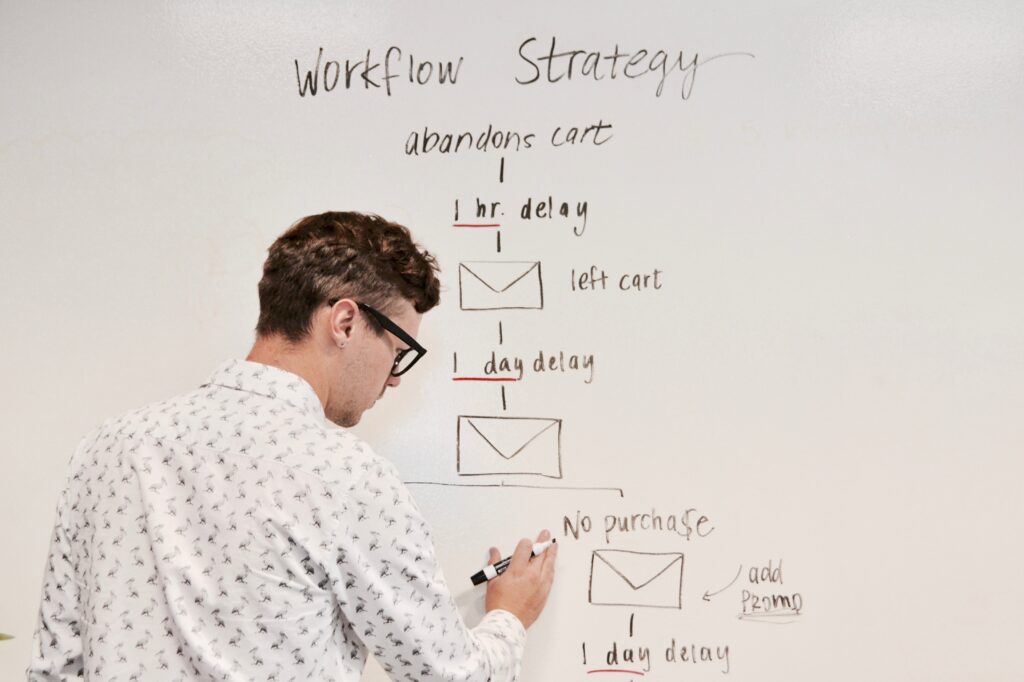Email marketing is an essential part of any business’s marketing strategy. However, sending an email is just the first step. What happens when a recipient doesn’t open your email? Does it mean the email is a failure? Not necessarily. In fact, resending emails can be an effective way to improve your email open rates and increase your chances of getting a response. In this article, we’ll explore the best practices for effective resending and how to make the most of this strategy.
Introduction to resending emails
Resending emails is the practice of sending the same email to subscribers who did not open the first email. This strategy can be useful for a number of reasons. First, it gives your subscribers a second chance to see your message. Second, it can help improve your email open rates and increase your chances of getting a response. Finally, resending can help you identify issues with your email campaigns and make necessary adjustments.
Why resending emails is important
Resending emails is important because it can help you get more out of your email campaigns. Sending an email is not enough to guarantee that it will be opened or read. In fact, studies show that the average email open rate is around 20%. This means that 80% of your subscribers are not seeing your message. Resending emails gives those subscribers a second chance to see your message and take action.
Not only can resending emails improve your open rates, but it can also help you identify issues with your email campaigns. If you notice that a large number of subscribers are not opening your emails, it may be a sign that your subject lines or content need improvement. Resending emails can help you test different strategies and see what works best for your audience.
Tips to improve your email open rates
While resending emails can be effective, it’s important to use best practices to ensure that your emails are opened and read. Here are some tips to improve your email open rates:
1. Craft compelling subject lines
Your subject line is the first thing that recipients see when they receive your email. Make sure that it’s compelling and relevant to your audience. Use personalization and urgency to make your subject lines stand out.
2. Optimize your preview text
Preview text is the snippet of text that appears below the subject line in most email clients. Use this space wisely to provide additional context and entice recipients to open your email.
3. Segment your list
Segmenting your email list can help you send more targeted messages to your subscribers. This can improve your open rates and increase the likelihood that your subscribers will take action.
4. Test different send times
Different send times can have a significant impact on your email open rates. Test different send times to see when your audience is most likely to engage with your emails.
How to know when to resend an email
Knowing when to resend an email is important to ensure that you’re not spamming your subscribers. Here are some guidelines to follow:
1. Wait at least 48 hours
Give your subscribers at least 48 hours to open your email before resending. This ensures that you’re not bombarding them with too many messages.
2. Change the subject line
Changing the subject line can make the email feel like a new message and increase the likelihood that it will be opened.
3. Send to non-openers only
Resend the email only to subscribers who did not open the first email. This ensures that you’re not annoying subscribers who have already seen your message.
Best practices for resending emails
Resending emails can be effective, but it’s important to follow best practices to ensure that you’re not damaging your sender reputation. Here are some best practices to follow:
1. Don’t resend too frequently
Resending emails too frequently can annoy your subscribers and damage your sender reputation. Stick to a maximum of two resends per campaign.
2. Use a different subject line
Changing the subject line can make the email feel like a new message and increase the likelihood that it will be opened.
3. Include a clear call to action
Make sure that your email includes a clear call to action. This can increase the likelihood that your subscribers will take action.
Dos and don’ts of resending emails
Resending emails can be a powerful strategy for improving your email open rates, but it’s important to use best practices and avoid common mistakes. Here are some dos and don’ts of resending emails:
Dos
- Do change the subject line
- Do wait at least 48 hours before resending
- Do send to non-openers only
- Do test different strategies
Don’ts
- Don’t resend too frequently
- Don’t use the same subject line
- Don’t send to subscribers who have already opened the email
- Don’t forget to include a clear call to action
Tools to help with resending emails
If you’re planning to resend emails, there are several tools that can help you do it effectively. Here are some tools to consider:
1. Email marketing software
Most email marketing software includes features for resending emails. Look for software that allows you to easily resend to non-openers and change the subject line.
2. A/B testing tools
A/B testing tools can help you test different subject lines and content to see what works best for your audience.
3. Analytics software
Analytics software can help you track your email open rates and see which campaigns are performing best.
Examples of effective resending strategies
Here are some examples of effective resending strategies:
1. Change the subject line
Changing the subject line can make the email feel like a new message and increase the likelihood that it will be opened. For example, you could try adding a question or personalization to the subject line.
2. Offer an incentive
Offering an incentive can increase the likelihood that subscribers will open your email. For example, you could offer a discount code or free trial.
3. Send at a different time
Sending the email at a different time can increase the likelihood that it will be opened. For example, you could try sending the email early in the morning or late at night.
Common mistakes to avoid when resending emails
While resending emails can be effective, there are some common mistakes to avoid. Here are some mistakes to look out for:
1. Resending too frequently
Resending emails too frequently can annoy your subscribers and damage your sender reputation. Stick to a maximum of two resends per campaign.
2. Using the same subject line
Using the same subject line can make the email feel like spam and decrease the likelihood that it will be opened.
3. Sending to subscribers who have already opened the email
Sending to subscribers who have already opened the email can annoy them and damage your sender reputation.
Conclusion: The importance of testing and optimizing your email campaigns
Resending emails can be an effective way to improve your email open rates and increase your chances of getting a response. However, it’s important to use best practices and avoid common mistakes. Testing and optimizing your email campaigns can help you determine what works best for your audience and improve your overall email marketing strategy. Use tools like GiantCampaign to send your email campaigns and track your results. With these tips and tricks, you can ensure that your emails don’t go unnoticed.






